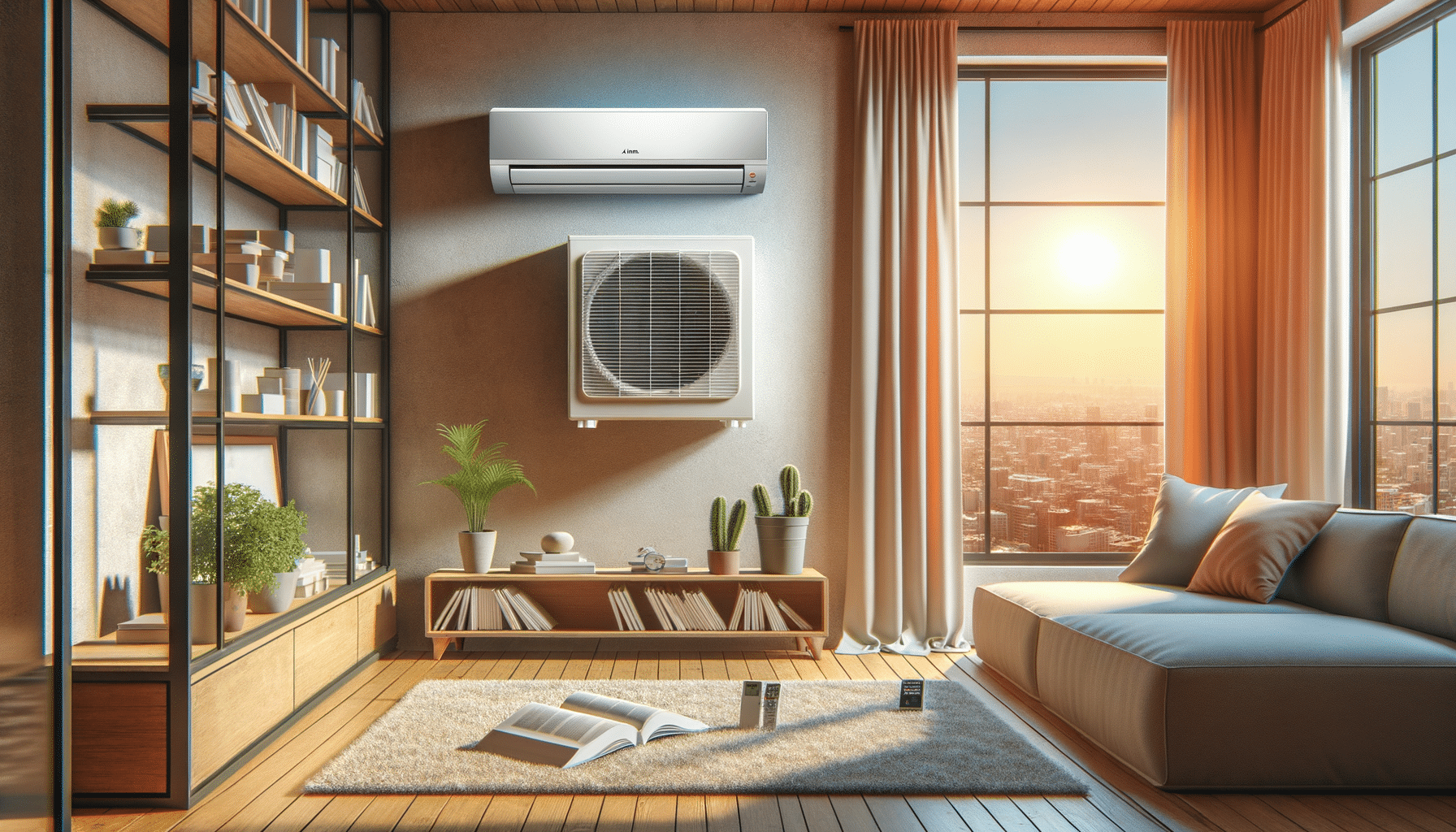
No Ducts? No Problem! The Benefits of Ductless Air Conditioning
Introduction to Ductless Air Conditioning
In recent years, ductless air conditioning systems have gained significant popularity among homeowners and businesses alike. These systems, known for their flexibility and efficiency, provide a viable solution for spaces where traditional ducted systems are not feasible. As energy efficiency becomes a priority, ductless systems offer a compelling alternative to conventional HVAC units. In this article, we will explore the advantages of ductless air conditioning, how they function, and why they are becoming a preferred choice for many.
How Ductless Air Conditioners Work
Ductless air conditioners, also known as mini-split systems, consist of two main components: an outdoor compressor/condenser and an indoor air-handling unit. These components are linked by a conduit that houses the power cable, refrigerant tubing, suction tubing, and a condensate drain. Unlike traditional systems that require extensive ductwork, ductless systems deliver air directly into different zones, allowing for targeted cooling.
The absence of ducts not only simplifies installation but also increases energy efficiency. By eliminating the energy losses associated with ductwork, ductless systems can reduce energy consumption by up to 30%. This efficiency is further enhanced by the ability to control each indoor unit independently, allowing users to cool specific areas as needed, thereby optimizing energy use.
Advantages of Choosing Ductless Systems
Ductless air conditioning systems offer numerous benefits that make them an attractive option for both residential and commercial spaces. Some of the key advantages include:
- Energy Efficiency: As mentioned earlier, ductless systems are designed to minimize energy loss, making them a cost-effective choice for long-term savings.
- Easy Installation: Without the need for complex ductwork, ductless systems can be installed quickly and with minimal disruption to existing structures.
- Improved Air Quality: Ductless systems often include advanced filtration options, helping to improve indoor air quality by reducing dust, allergens, and other particulates.
- Flexibility: These systems are ideal for a variety of applications, including room additions, garages, and spaces with limited ductwork options.
Finding an HVAC Replacement Company Near Me
When considering a switch to ductless air conditioning, finding a reliable HVAC replacement company near you is crucial. A reputable company will offer professional installation and maintenance services, ensuring your system operates efficiently. Here are some tips for selecting the right company:
- Research and Reviews: Look for companies with positive customer reviews and a proven track record in installing ductless systems.
- Certifications and Licenses: Ensure the company is fully licensed and certified to perform HVAC installations and repairs.
- Experience: Choose a company with extensive experience in ductless technology to guarantee a smooth installation process.
Conclusion: The Future of Air Conditioning
Ductless air conditioning systems represent a forward-thinking approach to climate control. Their energy efficiency, ease of installation, and customizable comfort make them a compelling choice for modern homes and businesses. As technology continues to evolve, ductless systems are likely to become even more prevalent, offering a sustainable solution for indoor climate management. For those considering an upgrade, exploring ductless options with a trusted HVAC replacement company near you can provide both immediate and long-term benefits.


